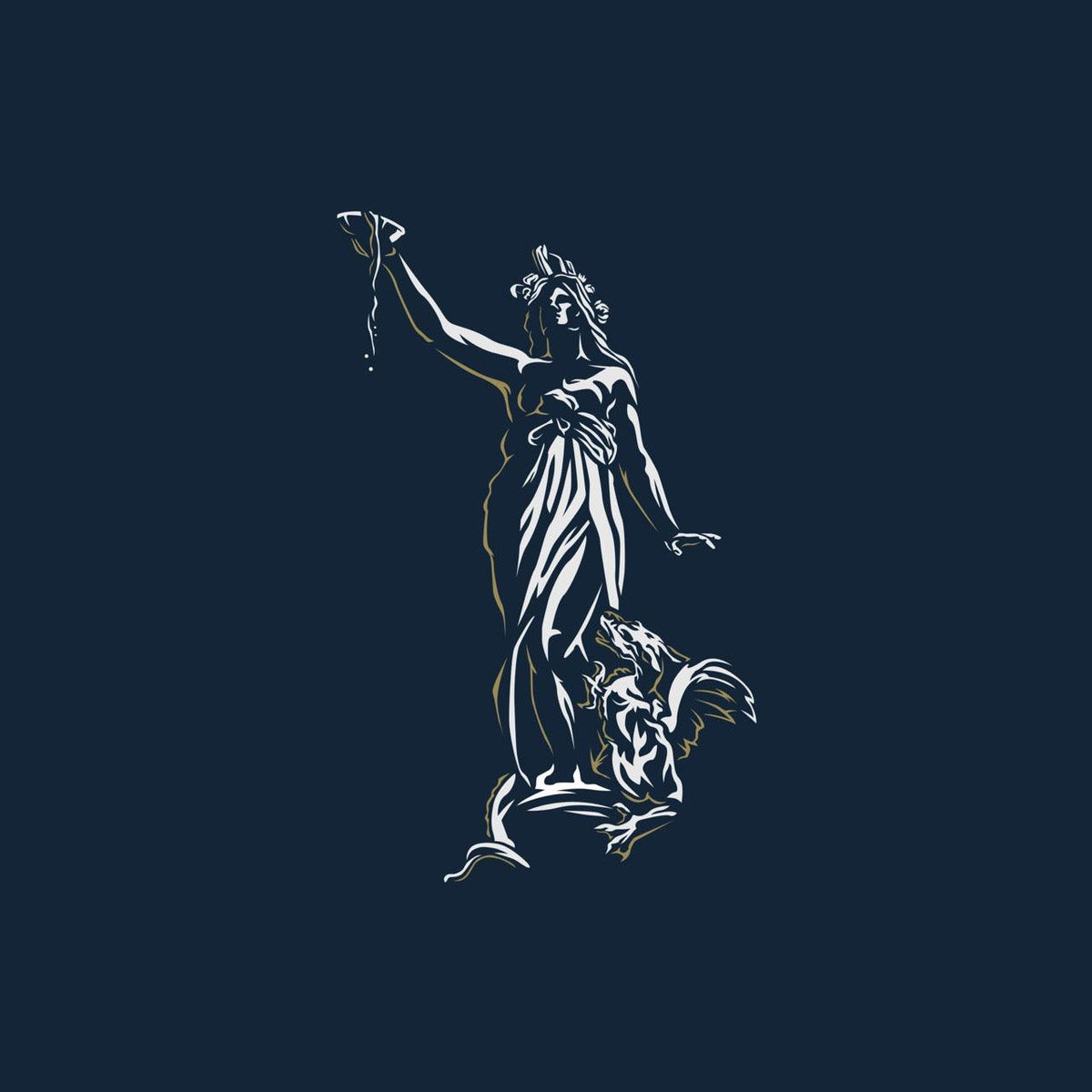The Story of Hygieia: The Ancient Greek Goddess of Health, Healing, and Medicine
Jun 26, 22

The Story of Hygieia: The Ancient Greek Goddess of Health, Healing, and Medicine
Hygieia is a lesser-known goddess that was prominent in the ancient Greek world. Her name means “Hygiene” and she was the daughter of Aesculapius, the god of medicine, healing, and snakes.
She was also known as Hygeia or Hygia, and it is believed that she was worshipped by physicians as well as individuals hoping to become one. This article takes a look at the life and roles of this lesser-known goddess of health, healing, and medicine.
Who was Hygieia?
Hygieia was the daughter of Aesculapius, the Greek god of medicine and healing. The word “Hygiene” comes from her name, and many medical professionals are inspired by her when they do their work.
She is the personification of cleanliness, health, and sanitation, and is depicted as a young woman with a snake wrapped around her arm. Hygieia’s name means “Hygiene”, which is fitting as she was the goddess of health and healing.
She was particularly concerned with public health, and her job was to make sure that people took care of themselves and their environment. Hygieia was one of the original 12 Olympian gods, but she was described far less in mythology than her father.
The Role of Hygieia
The role of Hygieia was to promote general wellness and good health. Her job was to keep people healthy and help them avoid disease, and she did that by promoting cleanliness and good sanitation.
Hygieia was responsible for keeping people healthy and safe, especially in the public sphere. She was the goddess of public health, and her role was to make sure people were practising good hygiene and sanitation.
Hygieia was responsible for keeping people healthy and safe, especially in the public sphere. She is the goddess of public health, and her job is to make sure people are practising good hygiene and sanitation.
Why Was She Worshiped?
Hygieia was worshipped by almost everyone, but the main people who paid homage to her were medical professionals. Physicians and other medical professionals would pray to her that they would have the right knowledge and tools to heal the sick.
Hygieia was also prayed to by mothers who wanted to protect their children from disease and make sure they were healthy as they grew. Greek women would often leave offerings to Hygieia at the Temple of Artemis, the goddess of childbirth.
The Stories of Hygieia
Hygieia had a simple story and did not appear in many myths. In fact, she had very few myths devoted to her. The most famous myth about Hygieia is that she was abducted by a giant snake that was the god of drugs and healing.
He was in the form of a snake because he was a god of snakes as well. Hygieia was known as the “Goddess of Health” or “Goddess of Cleanliness” because she was so concerned with cleanliness. That’s why she was often depicted in art holding a broom or with a broom behind her.
The Symbolism of Hygieia
- A snake- She is often depicted with a snake wrapped around her arm or a snake sitting behind her, representing her connection to the healing power of snakes. - A broom- In some depictions, Hygieia is shown holding a broom, again emphasizing her love for cleanliness. - A bowl or jar- A jar or bowl was often included in the visual art of Hygieia, again symbolizing her love for cleanliness and good sanitation. - An infant- In some instances, Hygieia is shown with an infant child on her lap, symbolizing her role as a protector of children.
Where Can We Find Her?
Hygieia was the goddess of health, cleanliness, and sanitation, so it makes sense that she was primarily worshipped in the city of Athens, Greece. She was also worshipped in Rome, and there is evidence that she was worshipped in other parts of the world as well, such as Egypt.
People would leave offerings to Hygieia at the Temple of Aesculapius, which is where she is thought to have been worshipped as well as her father. Hygieia was primarily worshipped in the ancient world, and her worship declined when Christianity became more prominent.
Summing up
Hygieia was the goddess of health, cleanliness, and sanitation, and she was often depicted with a snake. She was the daughter of the god of medicine and healing, and she was primarily worshipped in ancient Greece. Hygieia was one of the original 12 Olympian gods, but she was described less in mythology than her father.
Her name means “Hygiene”, and she was primarily worshipped in the ancient world. If you’re interested in learning more about the ancient world or ancient mythology, then you’ve come to the right place. In this article, we explored the story of the lesser-known goddess of health, healing, and medicine Hygieia. Hopefully, you learned something new and interesting and can impress your friends and family with your knowledge of the ancient world.





